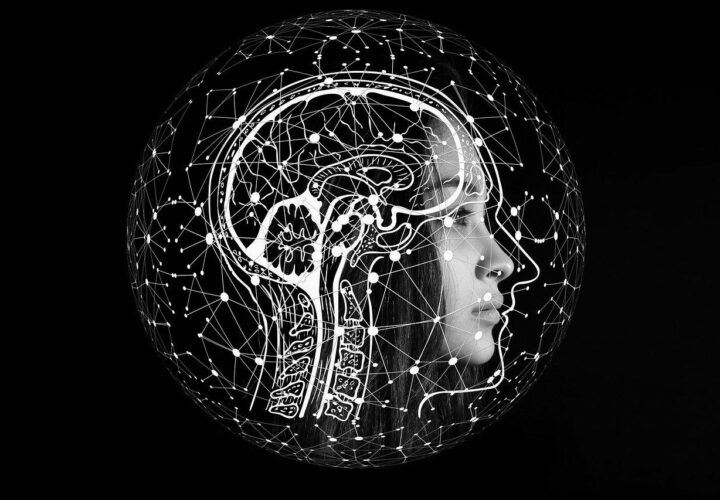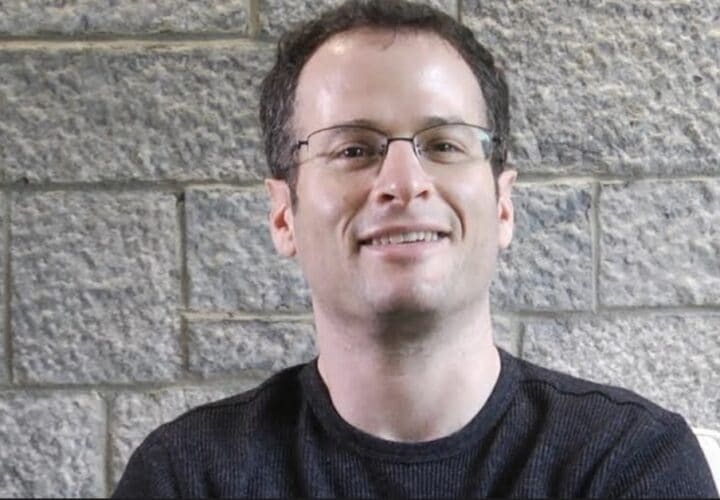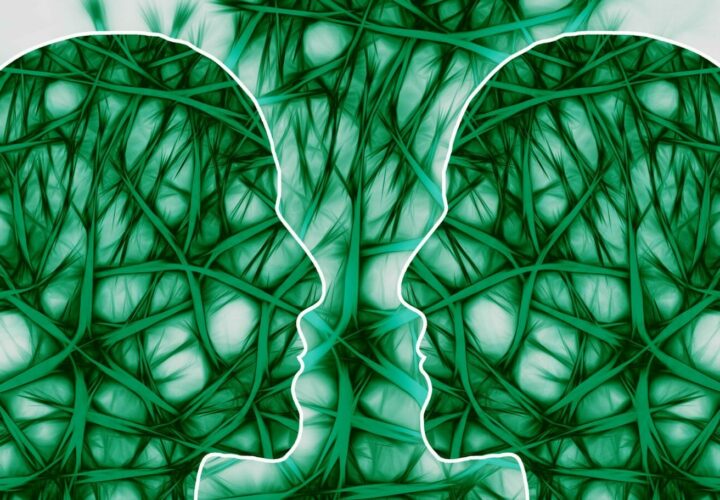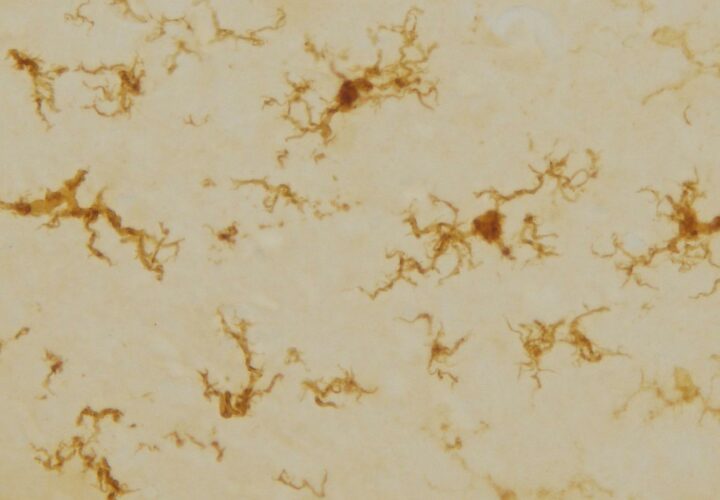“There are one too many similarities for this to be a coincidence,” says a recent Popular Mechanics review of new brain research.
We’ve got the whole world in our … heads? The human brain is about three pounds of intricate architecture — 100 billion nerve cells, 100 trillion synapses and dozens of neurotransmitters. Comprehending the make-up of our minds is needless to say, difficult to wrap our heads around.
Two Italian astrophysicists and neuroscientists took on the task, comparing the two most complex scientific structures: the networks of neurons in the brain and the universe at large.
In their research published by Frontiers in Physics, Franco Vazza and Alberto Feletti used methods from cosmology, neuroscience and network analysis, to find striking similarities between the two, despite their enormously different scales.
A recent article in Popular Mechanics translated the researcher’s complex scientific jargon into explanations easier to understand. Just like the human brain, “the observable universe also contains an estimated 100 billion galaxies,” writer Tim Childers explained. The 100 billion neurons only make up 25 percent of our brain mass — the remaining 75 percent is water. Seventy-five percent of the universe’s mass is made of dark energy, a force scientists believe is responsible for the accelerating expansion of the universe. Similar to our brain’s composition, the remaining 25 percent is made of dark matter — invisible particles that scientists believe bind galaxies together.
Using power spectrum analysis, a method to study large-scale distribution of galaxies, the scientists discovered even more similarities between the brain and the universe at large. “Our analysis showed that the distribution of the fluctuation within the cerebellum neuronal network on a scale from 1 micrometer to 0.1 millimeters follows the same progression of the distribution of matter in the cosmic web but, of course, on a larger scale that goes from 5 million to 500 million light-years,” Vazza explained.
Through microscopic and telescopic techniques, the scientists captured extraordinary similarities between the appearance of the cosmic web and the web of neurons. “These two complex networks show more similarities than those shared between the cosmic web and a galaxy or a neuronal network and the inside of a neuronal body,” Feletti said.
Even with ‘mini universes’ living within our brains, author Benjamin Stecher, who was diagnosed with Parkinson’s disease at the age of 29, reminds us of the immense work we have ahead: “We know more about the inner workings of stars billions of light years away than we do about what goes on inside the cells that make us who we are,” he wrote for Being Patient.
Although there is much work ahead, these findings illuminated the great power of our minds. Knowing this, hopefully a cure isn’t light-years away.



